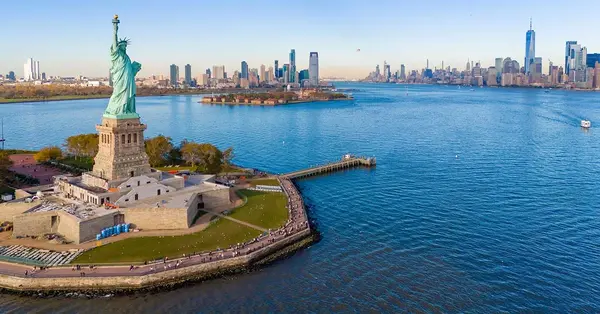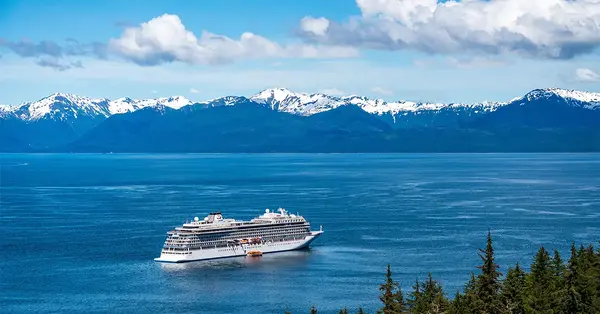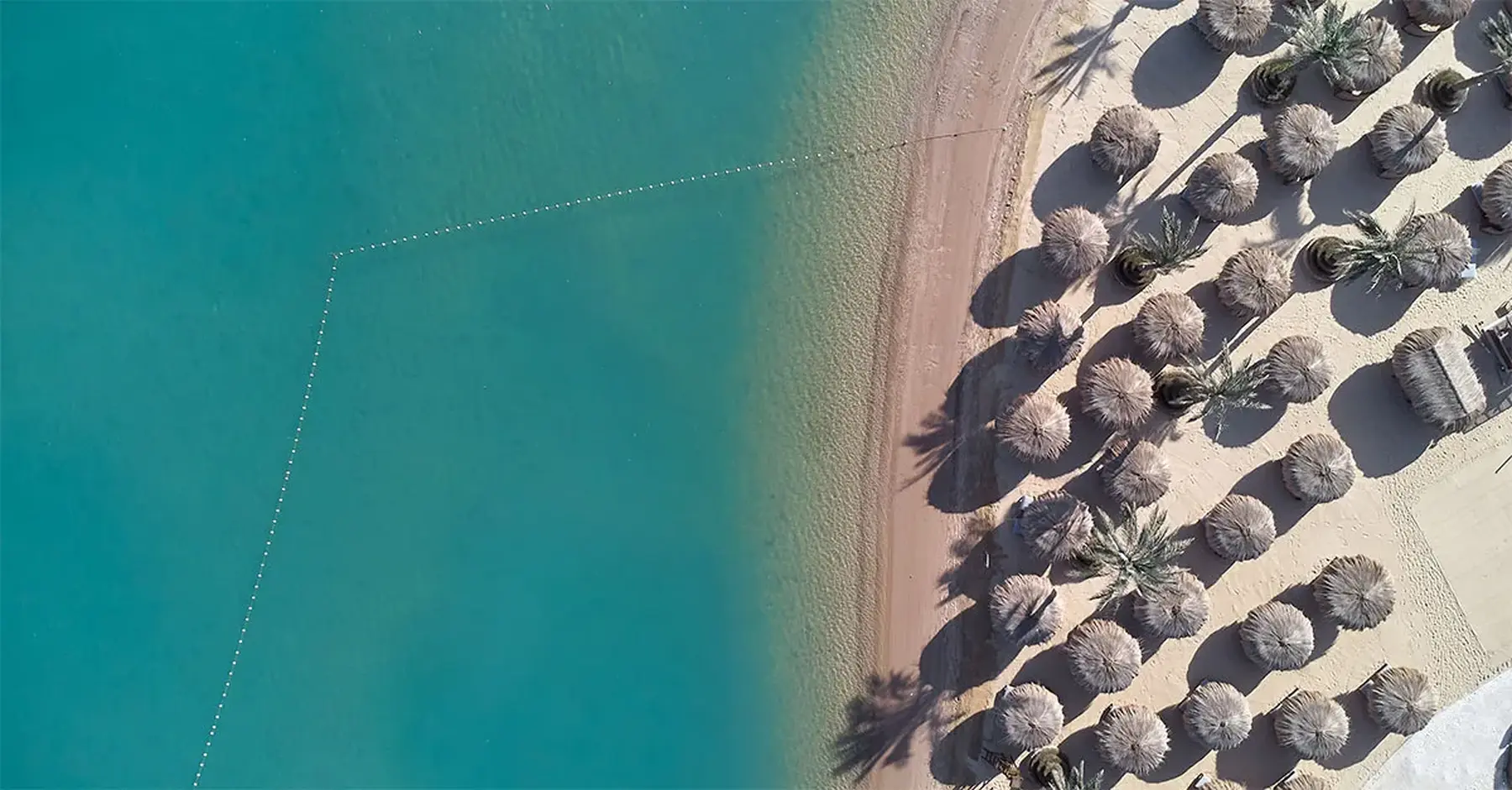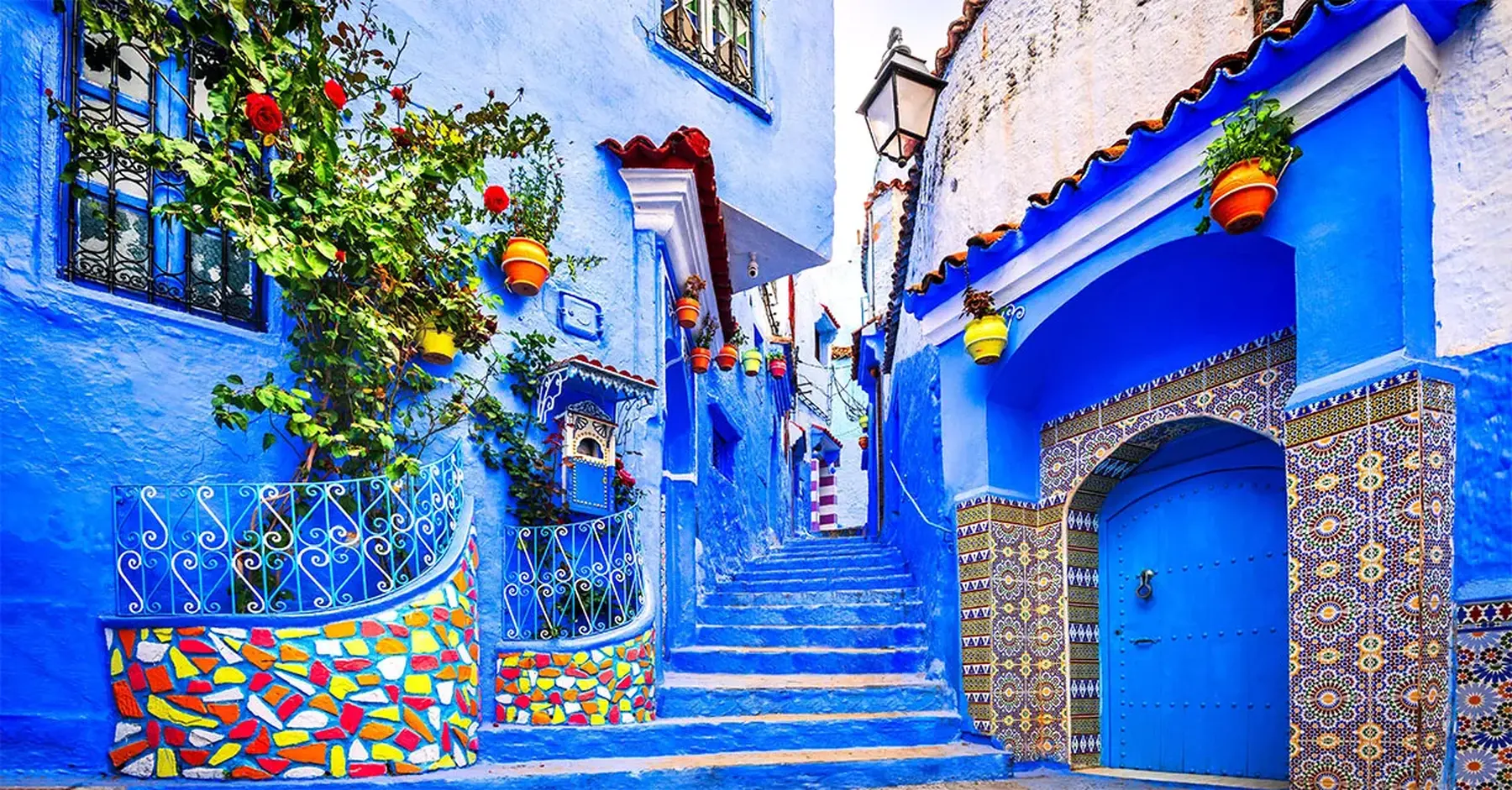Cape Verde: island-hopping holiday guide
Cape Verde is becoming the beach holiday destination of choice for tourists who want a Caribbean-style beach without the crowds. Janine Kelso explores the islands in closer detail
Situated off the West coast of Africa in the Atlantic Ocean, the Cape Verde archipelago is made up of 10 tropical islands and has an exotic blend of African, Brazilian and Portuguese cultures.
The islands range from lively Sal to tiny flora-rich Brava, and only the dry, uninhabited Santa Luzia is not worth exploring – though you can ask local fishermen to take you over if you want to investigate.
Jumping between islands is popular thanks to Cape Verde’s good ferry services and inter-island flights. The Cape Verde Experience and Holiday Options can organise island-hopping holidays.
From July 10 National carrier TACV Airlines will operate a weekly scheduled flight from London Gatwick to Boa Vista and Sal every Thursday, available through Holiday Options.
Sal
Although much of Sal is flat and arid, the region around Santa Maria has breathtaking beaches with white sand and turquoise water. In Santa Maria itself Caribbean-style houses, bars and restaurants line the streets.
Sal is one of the most developed of the Cape Verde islands, with a wide range of hotels and jumping nightlife, but is understated compared with parts of the Canary Islands or the Caribbean – most new buildings are still low-rise.
Boa Vista
Flights from London land in Boa Vista, and it’s a fine place to begin a holiday: golden beaches dotted with coconut and date palms, plenty of wrecks for divers to explore and some of the world’s best windsurfing.
Holiday Options commercial director Alan Brown said Boa Vista features in the operator’s most popular island-hopping tours. He added: “Boavista has a superb beach – as good as any in the Caribbean or the Seychelles.”
Santiago
Green and mountainous, the largest of the Cape Verde islands has a rich history – this is where slave ships from the West African coast would stop on their way to the Americas.
The island is also home to the Cape Verde capital Praia, which is blessed with a lively music scene and a buzzing African market.
Sao Vicente
The bars and restaurants of this island’s capital Mindelo throb to morna music – a mix of African and Brazilian rhythms unique to Cape Verde.
Its cobbled streets are great to wander down – look out for the colonial-style architecture and Mindelo’s thriving art scene. Sao Vicente also has great beaches which are perfect for windsurfing and bodyboarding.
Santa Antao
This green island is a 45-minute ferry ride from Sao Vicente and teems with tropical plants and trees.
Holiday Options commercial director Alan Brown said: “It’s like the Peruvian Andes with its green mountains – a real contrast to the rest of the islands which are quite barren. We feature the island as a day-trip from Sao Vicente and people usually choose to go trekking here.”
Fogo
An active volcano dominates this island, rising up over 1,700 metres. Spend a day exploring the crater, home to two villages which produce Fogo wine. Vines were introduced here by a Frenchman in the 19th century, and his descendents can still be identified by their blue eyes and blond hair.
Maio
Flat and dry, this little-known island’s long, sandy beaches are frequented mainly by seabirds and turtles, who lay their eggs here. Despite its aridity, coconut and fig trees line the landscape. Holiday Options introduced Maio to its programme in 2008.
Sao Nicolau
Popular with trekkers thanks to its rugged landscape, this island is characterised by banana, maize and papaya plantations. Past volcanic activity is evident on the black sandy beach near the village of Tarrafal.
The waters here are full of tropical fish, and keen fisherman will be thrilled to spot rare Blue Marlin. The island was recently added to the Holiday Options programme and is great for tourists who want to see a quieter, rural side of Cape Verde.
Brava
This tiny island’s wet climate produces lush green vegetation and swirling mists. There are no watersports here and a lack of tourist infrastructure means it is not often frequented by foreigners, but there is a ferry service from Fogo if you want to be one of the intrepid few.
Sample packages
The Cape Verde Experience offers the 14-night island-hopping package The Peaks of Cape Verde for £1,399 per person in June, featuring overnight stays in Sal, Sao Vicente, Santiago, Fogo and Santo Antao, including flights and transfers.
Thomson offers seven nights’ all-inclusive at the four-star Clubhotel Riu Garopa, in Sal, for £695 per person departing July 7, including flights and transfers.
Itinerary ideas
Five days: Spend the first two days on the island of Sao Vicente, visit the colonial buildings of Mindelo, enjoy the traditional music, and sample the vibrant nightlife.
Take a 40-minute flight to Santiago to absorb the African culture. Enjoy the live music in Praia and explore the 15th century fortress of Cidade Velha. Laze on the beautiful beaches of Tarrafal and go hiking.
Two weeks: Spend the first five days as above then take a 30-minute flight to the sand-covered island of Boa Vista. Visit the old ceramic factory, bronze on Curralinho beach, and take a peak at the famous loggerhead turtles. Recharge your batteries on the island of Sal – a 20-minute flight away.
Staying longer: Those with a month or longer to spare can mimic the above itinerary at a more leisurely pace. You may like to take the hour-long ferry from Sao Vicente to the island of Santo Antao, renowned for its lush green mountains and excellent hiking.
Cape Verde fact file
- Flying time: Six hours
- Airlines: Astraeus Flystar. British Airways, Air France and Tap Air Portugal offer services from major UK airports with connections in Paris and Faro.
- Tour operators: Holiday Options, Cape Verde Travel, The Cape Verde Experience, Destination Cape Verde, Thomson, Teletext Holidays, Portland Holidays Direct.
- Currency: Cape Verdean Escudo. Euros are also widely accepted.
- Visa requirements: All visitors require visas.
- Vaccinations: None required.
- Pitfalls: Cash machines are not widespread and credit cards are rarely used in Cape Verde; only a few hotels accept Visa cards.
- Weather: Set in a subtropical zone, Cape Verde is a year-round destination with a maximum average temperature of 29C between May and November. The rainy season lasts between mid-August and mid-October.
- Foreign and Commonwealth Office advice: Crime rates in Cape Verde are low, but it’s best to keep valuables out of sight in crowded places.














